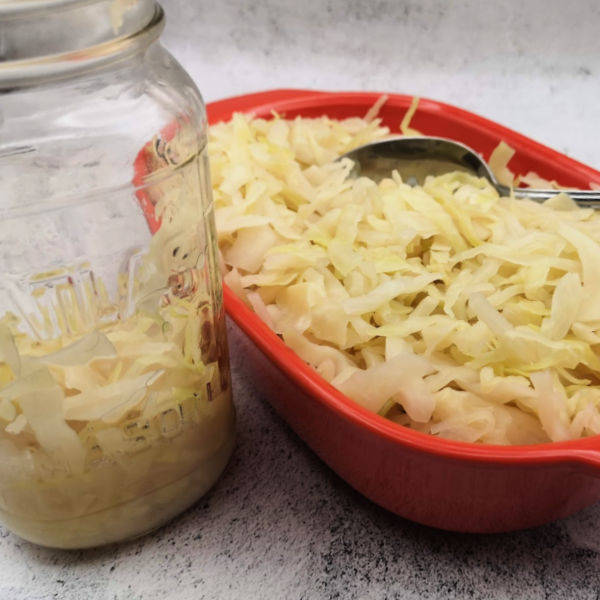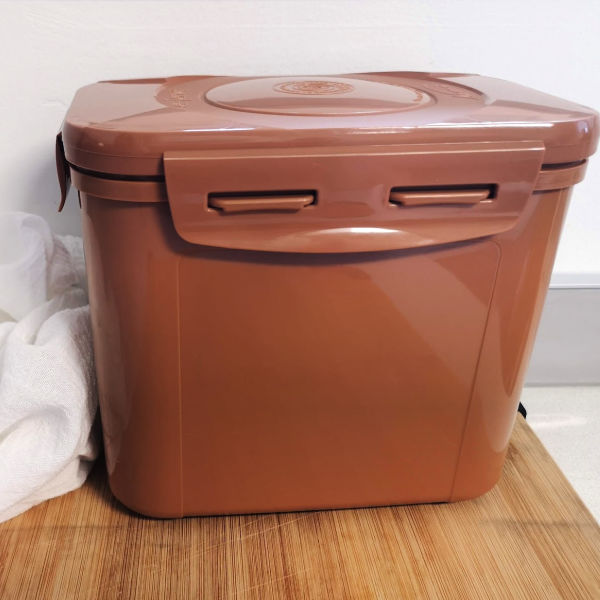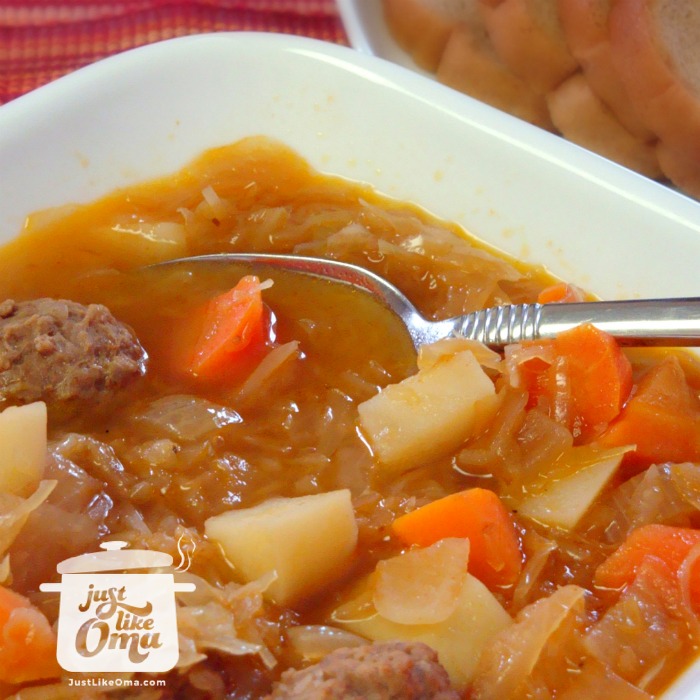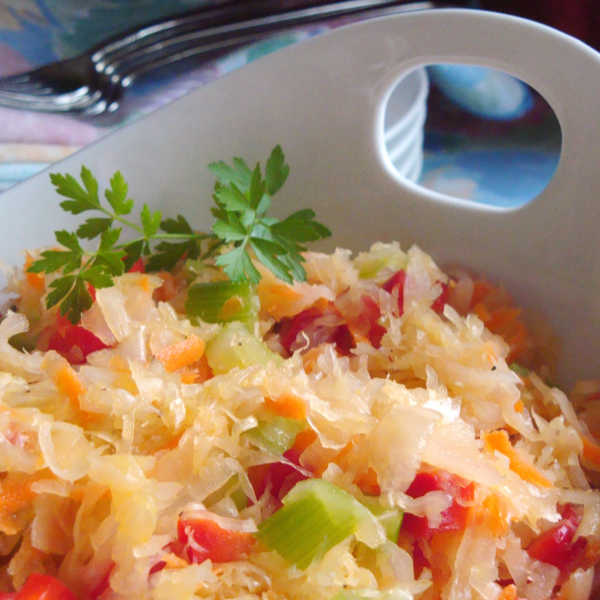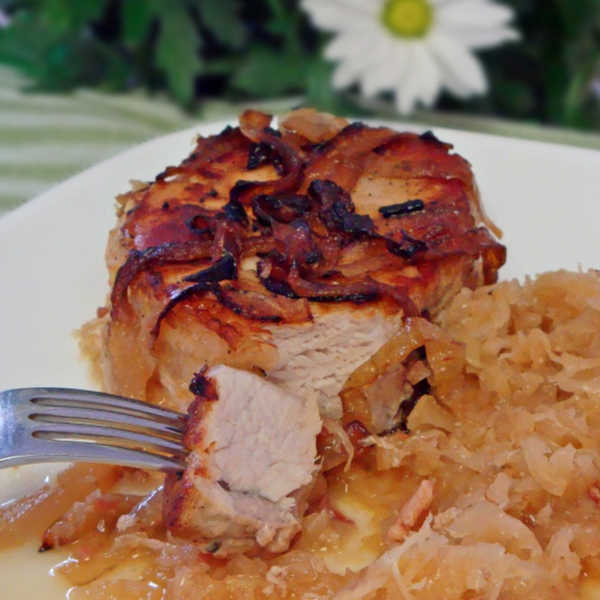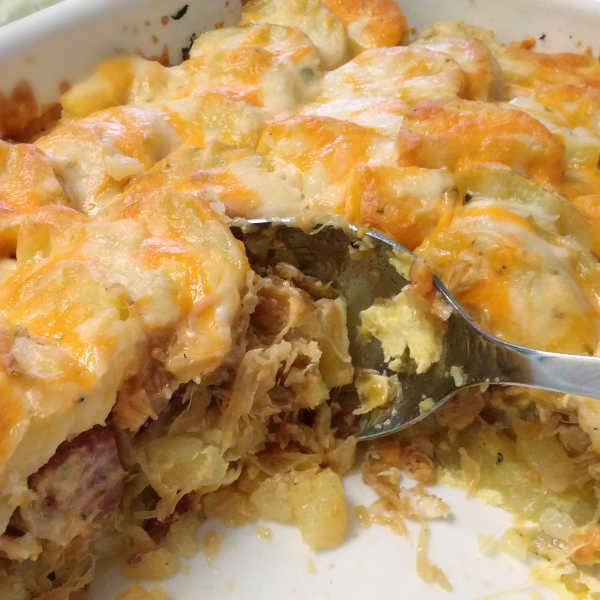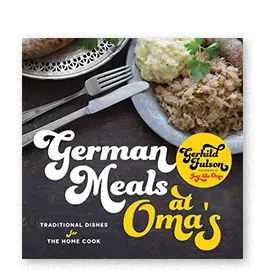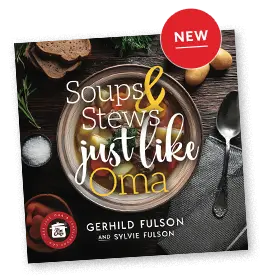- Home
- Little Nibbles
- Sauerkraut Benefits
Sauerkraut: The German Superfood!

by: Mike Fulson / Artist, Tech Guy, German son!
THIS POST MAY CONTAIN AFFILIATE LINKS, WHICH MEANS I’LL RECEIVE A COMMISSION IF YOU PURCHASE THROUGH MY LINKS, AT NO EXTRA COST TO YOU. PLEASE READ FULL DISCLOSURE FOR MORE INFORMATION.
Hang around Germans long enough and you'll encounter this delightful dish of sour cabbage, otherwise known as sauerkraut. Because... "sauerkraut" literally means "sour cabbage." :)
So, if you're looking to spice up your meal planning, or just curious about this tangy treat, read on to discover sauerkraut’s surprising 2000-year journey to your plate!
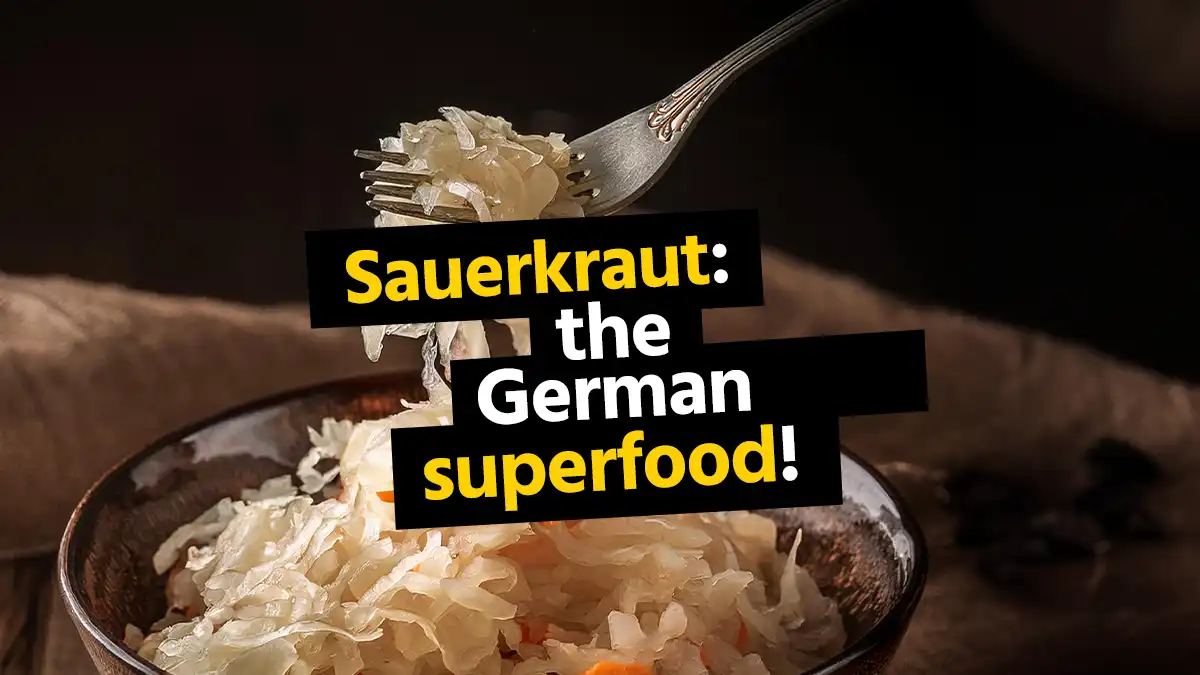 This "sour cabbage" is the bee's knees when it comes to German superfoods -- Sauerkraut is amazing!
This "sour cabbage" is the bee's knees when it comes to German superfoods -- Sauerkraut is amazing!What's the Big Deal About Sauerkraut?
Don't let sauerkraut's simple description fool you. While it really is just "sour cabbage", this fermented food has been making waves in the health community, and for good reason!
Along with being a tasty addition to your hot dog or Reuben sandwich, it's packed with probiotics, vitamins, and minerals that can give your health a serious boost.
It can help you with:
- improved digestion,
- a stronger immune system,
- better overall health,
- and it also has anti-inflammatory properties.
Well, who can say "no" to that? No wonder it's gone from being a humble side dish to garnering elite superfood status!
Can You Make Your Own?
Hey, absolutely!
Here's Oma's easy-to-make homemade Sauerkraut recipe!
And if you don't want the smell hanging around the house while it's fermenting for weeks, Oma found this Kimchi-making E-Jen container that is perfect for making sauerkraut with zero smell...
Sauerkraut's History...
Did you know that sauerkraut has been around for thousands of years? Its origins can be traced back to ancient China, where workers ate it while building the Great Wall!
The Romans also played a crucial role in spreading the love for this fermented cabbage across Europe. They were big fans of sauerkraut, believing it had medicinal properties. And they were right!
In fact, Roman soldiers and sailors often carried barrels of sauerkraut on their long journeys. It wasn't just a food staple – it was a vital source of vitamin C that helped prevent scurvy during those lengthy campaigns.
And as the Roman Empire expanded, so did sauerkraut's popularity. They introduced it to the Germanic tribes, who embraced it with vim, vigor and vinegar.
The Germans then took this preservation method and made it their own, perfecting the art of sauerkraut-making over the following centuries.
By the Middle Ages, sauerkraut had become a staple in many European diets, especially in Germany and Eastern Europe. It was a crucial food source during long, harsh winters when fresh vegetables were scarce.
In the 18th century, sauerkraut gained even more fame when Captain James Cook used it to prevent scurvy among his crew during long sea voyages. This "discovery" of sauerkraut's anti-scurvy properties (which the Romans had known about centuries earlier) helped cement its reputation as a health food for all!
Today, sauerkraut is enjoyed around the world... from classic German dishes to American hot dogs. It demonstrates the enduring appeal of this simple yet powerful food.
Sauerkraut in Today's Kitchen
Ready to bring some of that German heritage into your own home? There are so many delicious recipes with sauerkraut to try... here are a few ideas to get you started:
Don't be afraid to get creative! Sauerkraut can add a tangy kick to all sorts of dishes.
It's All German to Me!
So whether you're 100% German or just have a dash of Deutsch in your family tree, exploring sauerkraut is a fantastic way to connect with that heritage.
It's more than just food – it's a link to generations past, a taste of history on your plate... and in your tummy!
So next time you're at the grocery store, why not pick up a jar of sauerkraut? Or go the adventurous route and make your own -- it's a simple way to add some culture (literally!) to your meals and your life. :)
Cheers, :)

